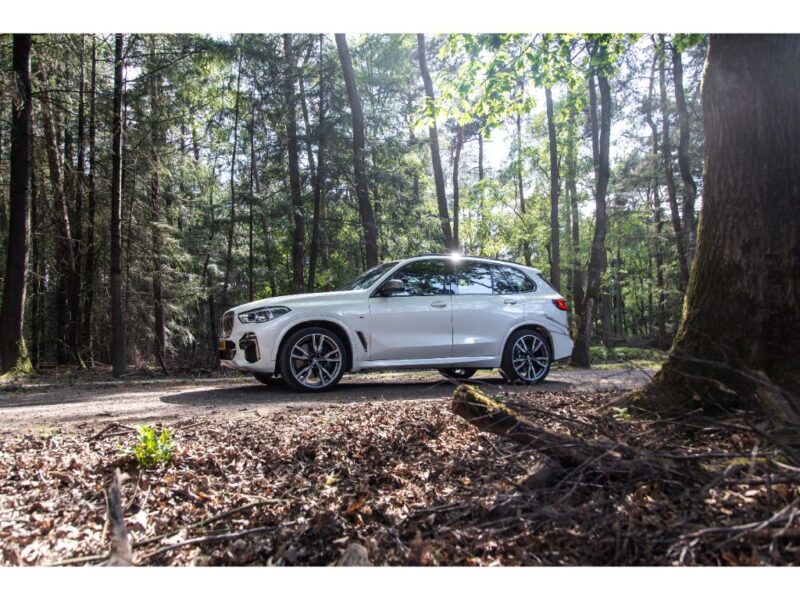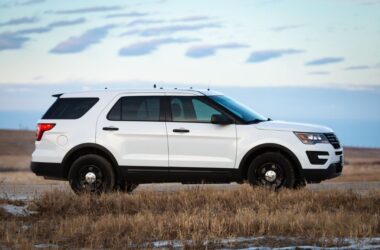The American driver loves SUVs. And rightly so. SUVs are now comfortable, safe, and great for daily commutes and road trips. And, of course, a used SUV can also save you a ton of money. Here’s how you can choose a good one.
Types
The first thing you need to figure is the size of the SUV you need. Most used SUVs in the market are subcompacts and mid-size versions. These SUVs have unibody frames that give them better handling and fuel economy than traditional SUVs. Full-size SUVs have a traditional body-on-frame construction that makes them well suited for off-roading, towing, and hauling. They’re also heavier and not as efficient as smaller SUVs.
Research
Once you know which type of SUV you need, research reviews of the best models available. Check with reputed sources and learn about how reliable these cars are. Check what maintenance issues have been reported by owners too.
Features
During your research, check if the models you’re interested in have the features and options you need. So, if you need something with all-wheel drive, your choices will be limited by that requirement. The same applies in case you want particular infotainment options, safety packages, or luxury options. Once you know what you’re looking for and the models that offer those options, you can streamline your search.
Dealer
Ideally, find a reputable SUV dealer because they rely on their reputation for continued business. Look up reviews from other buyers and find the best dealer possible. Ensure that you’re comfortable with them. Check if they do full inspections and ensure that the vehicles they sell are of the best quality. Good dealers also offer warranties and certify the SUVs they sell.
Inspection
Inspect both the exterior and interior carefully. Look for rust in the wheel wells, rocker panels, and door bottoms. Check for misaligned body parts. Check for pockmarks in the glass and ensure all lights, including those on the dash work properly. Bounce each corner of the vehicle and see if the vehicle rebounds more than once. Check for tire wear too. On the inside, check for signs of water damage, unpleasant smells, upholstery condition, pedal wear, roof and trunk wear, etc.





